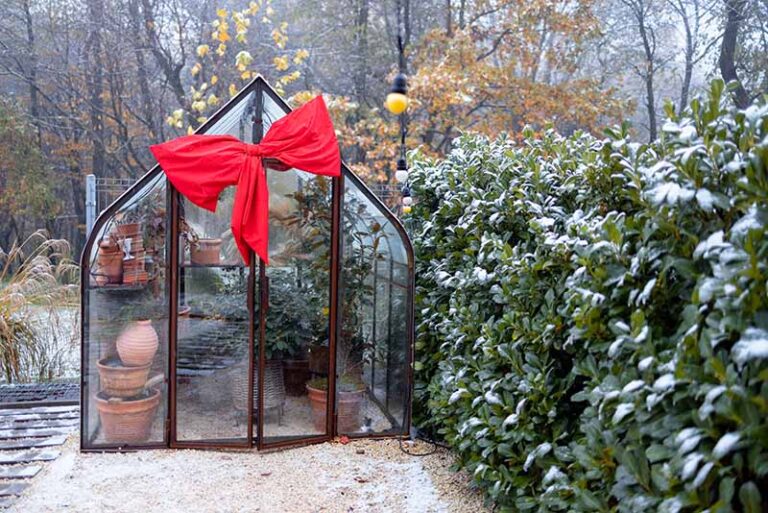As the mild autumn transitions into a cooler season, gardeners face the task of preparing their lawns for winter’s chill. Neglecting your garden during the winter months can have detrimental effects, so it’s crucial to take the right steps to ensure its survival.
The optimal time to bid farewell to your lawn mower and give your plants some winter protection is around the beginning of November. Some might be tempted to stow away their mowers early or postpone the task, but according to gardening experts, this would be an unwise move. Let’s explore when and why you should mow your lawn for the final time this season.
When to Give Your Lawn Its Last Trim Before Winter
The first week or two of November is the ideal window to trim your lawn before serious frost and ice arrive. A gardening expert, advises, ‘Trimming the lawn short at this point in the year will promote grass health throughout the winter and encourage robust growth come spring.’
Another gardening expert, concurs that November is the prime month for your last mow. He explains, ‘During this time, grass growth slows down significantly, reducing the frequency of mowing. After the first frost, you won’t need to mow at all until warmer weather returns.’
Trimming your lawn during this period helps it endure the coldest temperatures while also preventing matting, which can make it vulnerable to diseases.
Why Avoid Mowing Your Lawn in Winter?
While you technically can mow your lawn in winter, experts generally advise against it due to several reasons. First, winter temperatures lead to slow grass growth, primarily due to reduced sunlight and colder weather. As a result, mowing your lawn in winter often serves little purpose since it’s unlikely to become overgrown in just a couple of months.
Additionally, winter brings damp conditions, making it challenging to maneuver a lawnmower on wet and muddy grass. Attempting to mow under such conditions could damage your lawn and result in uneven growth when spring arrives.

Maintaining Your Lawn’s Health During Winter Besides giving your grass its last trim in early November, there are other steps to keep your lawn in good shape during the winter months.
Oliver suggests aerating your lawn, creating small holes in it, when the ground isn’t too wet or frosty. This practice ensures proper drainage and prevents water pooling during heavy rain or melting snow. You can achieve this with a specialized tool or a fork, poking holes evenly across the lawn’s surface.
Applying a final dose of fertilizer during your last cut is also recommended to provide your lawn with the nutrients it needs to endure the colder weather, according to Chris. This extra nourishment helps keep your grass healthy during winter.
When frost makes its appearance, it’s time to safely store your lawn mower until warmer weather returns. By following these expert tips, you can ensure your lawn remains resilient and thrives when spring arrives.”




Can I also seed it with grass seeds along with the fertilizer during the winter months
So its not to late to fertilize my lawn after i cut it next week.
Yes, you can still seed or fertilize your lawn after you’ve cut it for the final time before winter. In fact, many gardening experts recommend overseeding and fertilizing in the fall as part of your lawn care routine.
We just had our 1st frost but I still haven’t cut my lawn short enough. Can I still do that next week since we’re getting warmer weather?
Yes, you can still cut your lawn shorter even after the first frost, especially if you are experiencing a period of warmer weather.Keep in mind , wait until the frost has completely melted and the grass is dry before mowing.